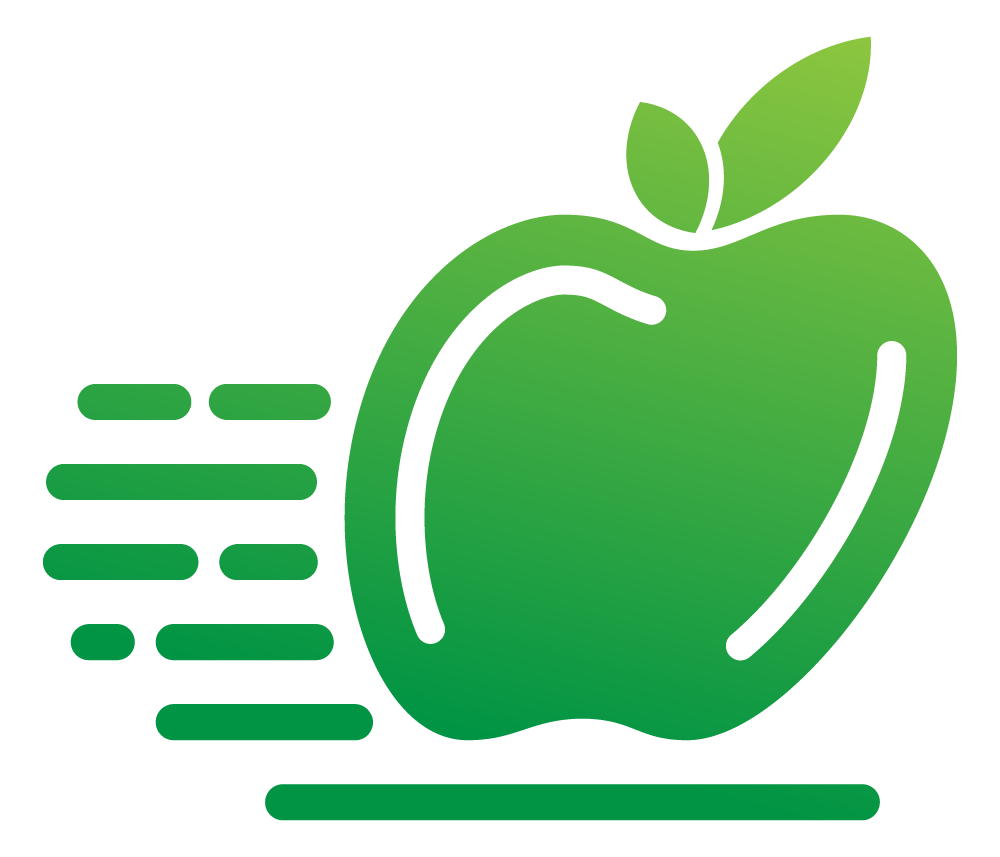Why I Still Consider Human Intelligence Superior To Artificial Intelligence For Managing Diabetes (Yep, Pen And Paper Still Beat Robots)
Artificial Intelligence and scientific research are unlocking endless possibilities for Type 1 Diabetics worldwide.
Thanks to the algorithms behind CGMs and insulin pumps, we can largely automate the constant revision of our carb to insulin ratios. Thanks to closed-loop systems, we can rest assured that each insulin delivery is informed by the latest blood glucose reading. And by providing some extra information such as the type of meal or type or activity we’re about to engage with, we can increase our algorithm level of sophistication.
And this is only the beginning: as AI and research are marching forward, providing ever more sophisticated technologies and increasing ur hopes for a cure, we diabetics will be able to delegate more tasks and decisions to algorithms and free up some of the mental estate that diabetes occupies in our daily lives.
The key word, however, is “DELEGATE MORE” - and I like to remind myself that I won’t be able to delegate FULLY, at least in the foreseeable future.
Let me argue why I still consider a pen-and-paper journal the best form of AI for myself.
Back in march 2023, I was toeing the starting line of the Rome Marathon. I had done all the math and the training to come up with the perfect T1 diabetes “race strategy”: I’m going to run this fast, I’ll eat this amount of carbs, drink this much water, take this much insulin. All of that, an insulin pump could have taken into account just like I did.
However, that early March day turned out to be surprisingly hot: I (the human) knew this would raise my blood sugars, noticed that and added this new factor into my diabetes equation. But I have no idea how I could’ve communicate that to the robot (the algorithm behind the pump).
That morning, I (the human) was able to fix my race strategy on the go to offset the heat-induced spikes.
But had I had an insulin pump on me, how could have the algorithm know about the temperature difference, and that heat spikes me?
It could’ve not known, and the insulin delivery would’ve been wrong - with all the risks a wrong insulin dose implies.
Let me provide other examples why I still beat the insulin algorithm with a pen-and-paper journal (for context: my time in range is >90%, I average 600 grams of daily carbs and I train every day).
I know my carb ratio for every meal - and so would the algorithm. But what if with that meal, I also eat more fats or proteins? And what if I am eating at a restaurant, where the meal is might be served with some delays?
I know that the effect on blood glucose will be different than a carb-only meal (the rise in blood glucose is delayed by fats and proteins), and I can adjust my bolus timing based on that - the fat to insulin ratio and the protein to insulin ratio. The algorithm doesn’t necessarily know any of this, so it is programmed to release the same amount of insulin regardless of the fat and protein content of the meal. The algorithm also doesn’t know that tonight the restaurant is busier than usual, and I’ll have to wait 15 more minutes to get my meal served…I can adjust my bolus strategy, but could the algorithm do that?
And what if I am sleep deprived today, and have a big presentation that stresses me out a bit?
I know that when this happens, I need to increase the time between my injection and my meal because I am more insulin resistant. How could the algorithm take that into account?
What if I am going for a long run (which drops my blood sugar), but I am stressed (which increases my blood sugar)?
I know that, and I can time my pre-run insulin to compensate the effect of stress on my blood sugar. The algorithm doesn’t know what I know about the effect of stress on MY blood sugar (it doesn’t even know that I am stressed)
What if I go for a swim, but the open waters today are colder than usual (which drops my blood glucose faster)?
I know that because I can dip my fingers in the water, and decrease my insulin intake or up my carb intake. The algorithm can’t know that, and it is going to deliver the usual insulin amount, forecasted by the “sport” profile I select on the pump.
All of these are examples of real life situations that I am only able to handle with pen and paper.
I know my ratios and I know the specific nuances that have an impact on me, in a level of detail that an algorithm cannot know (not yet, anyway!). And I know that keeping track of these over time is my best shot at learning to know how to take them into account. I am no scientist and no futurologist, and while I REALLY DO HOPE that one day we’ll be able to delegate EVERYTHING T1 diabetes management to AI - or even better, find a cure to T1 diabetes - I still can’t see that happening.
We are and we will be able to delegate PARTS of our treatment to AI. And that is a blessing, because diabetes forces us to make constant decisions and adjustments, every hour of every day. Thanks to science and to scientists, we can gradually get some mental space back by relying on increasingly sophisticated AI algorithms that make some of those decisions for us.
But ultimately, WE know ourselves down to a depth that no artificial intelligence can match. Personally, I am understanding that depth by pen and paper journal.
And thanks to a pen and paper journal and to some discipline, I can say I can live the life I want, doing the stuff I love (endurance sports) WHILE being a healthy diabetic.
AI will improve - and we can only benefit from that.
But we’ll always be the ones in charge. We are the ones responsible for our health.

